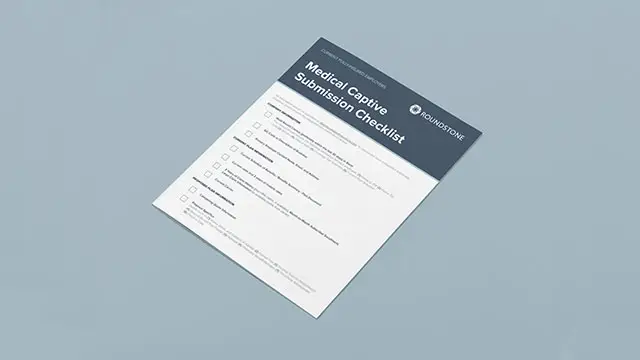Subrogation can be complicated and time consuming. The first few days after an insured claimant suffers a loss are critical information gathering moments. Subrogation tends to be avoided, because health payers lack the patience and necessary tools to identify and pursue recovery opportunities in a timely manner. Unfortunately, missed subrogation opportunities have an adverse impact on healthcare costs.
- About 15% of all claims across all lines of insurance are closed with a missed subrogation opportunity, at an annual cost of $15 Billion.
- Private health insurers recovered approximately $2 Billion in 2010.
- The majority of subrogation files were opened by self-funded health plans (45%). Fully-insured plans had the second highest percent of opened files, followed by Medicare and Medicaid.
- Self-funded plans have a slightly higher subrogation recovery rate than fully-insured plans, and almost twice the recovery rate of Medicare and Medicaid.
For groups participating in a captive insurance program, claim dollars recovered through subrogation will generate more underwriting profits and ultimately reduce premium increases at renewal. Subrogation is beneficial not only for employers, but also for their employees. Employers with a bit of planning and forethought can not only recuperate substantial dollars, but they can also help keep premiums down for their employees as well.
Roundstone can assist you in planning ahead to ensure timely and positive subrogation recovery outcomes. Over this past year, we have helped successfully recover over $150,000 in claims. Roundstone’s subrogation team is comprised of experts from our cost containment investigators (CSI Team), claims department, and general counsel, who are here to help evaluate your options, put a strategy into place, and walk you through the subrogation process.
Sources: Americanbenefitscouncil.org, Subrogation.org, www.dol.gov, DMV.org
Abigail Riolo, M.Ed., MS
Data Analyst
As a Data Analyst with Roundstone, I work with Roundstone’s leadership, underwriting, claims and accounting teams to develop data-driven reports with actionable recommendations that help employers control their healthcare spend.
Previously, I worked for several school districts in Ohio as both an educator and a data analytics adviser. I developed a data-based program to guide school systems through student testing, teacher training and resource management. While working on my second Master of Science Degree, I co-authored a paper on the statistical relevance of customization in classroom-based learning techniques. When I’m not crunching numbers, I enjoy spending time with my husband and our three children.









